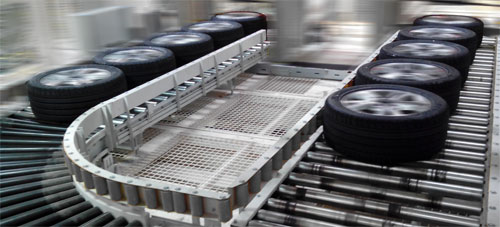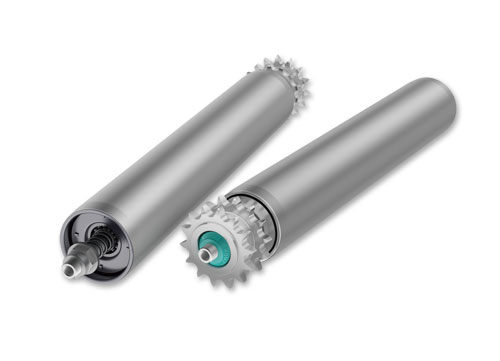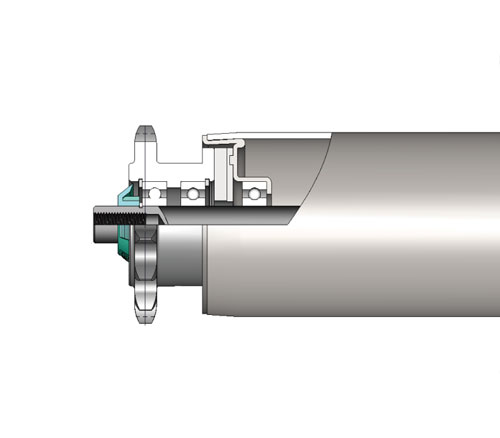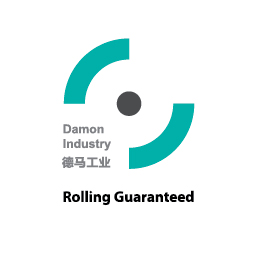English
中文
English
Europe
Welcome to Damon Industry Website
Following Industrialization 4.0, more and more factories have started using automated assembly lines. Rollers play a great role in transporting goods produced by the automated assembly machine from one point to another, where they are collected and stored with the help of an accumulating roller.
Typical case: The automotive tires transport line

During the automated assembly process of cars, mounting tires implies that the 4 tires will stop in the same place for a period of time and usually tires transport is made by a long electric belt roller. At that time, the tires that go through the assembly process have to stop, while the tires on the rear have to roll forward. The adjusting accumulating roller can complete the work fully (tires stop in the specified place, the entire roller stops turning/moving).
The principle of working of the adjusting accumulating roller is the following: the end nut is adjusted to produce a suitable friction force between the sprocket and the "friction disc". When the frictional resistance of the sprocket and the "friction disc" is greater than the rollingfriction of the transported goods, the adjustable accumulating roller can transport the goods forward. After the conveyor is set to mechanically block the cargo at the specified position, therollingfriction when conveying the cargo is converted into sliding friction. At this time, the sliding friction resistance of the cargo and the roller is greater than the friction generated by the sprocket and the “friction disc”, so that the sprocket wheel rotates. When the wheel rotates, the roller cylinder stops rotating, and the cargo is accumulated in one place. When the block is removed, the sliding friction of the goods are converted intorolling friction, and the goods roll forward normally.

The “friction disc” is the core component of the adjustable accumulation roller. The material it is made of and its working principle are similar to those of the automobile brake pad. Due to the principle of cargo accumulation by friction, this accumulating roller produces noise during operation, also very similar to the abnormal noise generated by the car when braking.

With the continuous development of logistics equipment, customers have higher and higher requirements regarding the noise produced by the conveying equipment. In order to satisfy customers’ needs, Damon Industry and its partners were looking for the main cause of the abnormal noise and the research showed that the friction disc was made by uniformly stirring dozens of material powders at high temperature and high pressure. In order to ensure resistance to the friction disc, many of the powder materials are relatively hard, and "hard” friction is generated when rubbing against the sprocket (like small carts that are commonly used in our daily lives, hard material casters are extremely noisy when pushed), so it is easy to produce occasional noise. Afterwards, the formula was improved and after a lot of research and practical testing, it took a year to finally develop a “soft” friction disc to solve the occasional noise problem (such as on casters). When the outer ring is covered in a soft material, there is less noise when pushed.) At the same time, this "soft" friction disc has the same high wear resistance as the "hard" friction disc.
People at Damon Industry are continuously improving and optimizing products, try to solve customers’ pain points, provide customers with exquisite design products and excellent manufacturing and help customers improve competitiveness.

